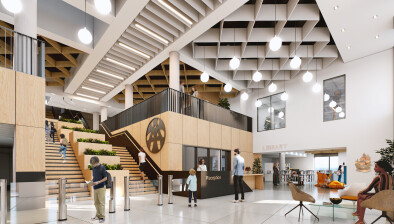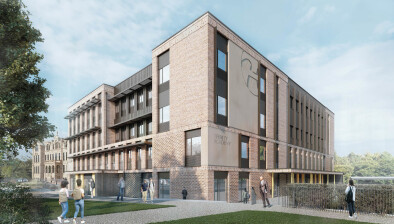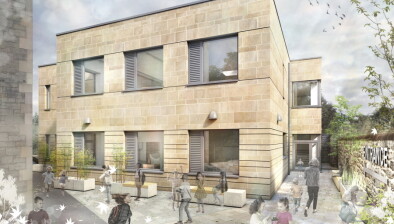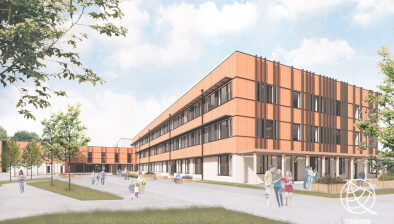Scotland’s first Passivhaus schools edge closer with Edinburgh funding agreement

Councillors in Edinburgh have approved funding proposals which will see the first Passivhaus schools in Scotland constructed in the capital.
The City of Edinburgh Council’s finance and resources committee approved proposals to fund the rebuild of Currie High, Trinity Academy and Castlebrae High over the next five years.
Plans to rebuild Wester Hailes Education Centre, Liberton and Balerno High will be brought forward later this year, subject to funding from the Scottish Government.
A report submitted to the committee stated that for all projects, outwith the Castlebrae development, “there will be an overarching principle to reduce energy consumption through adoption of Passivhaus specifications and certification (or a similar standard) where possible”.
Due to the stage of design already progressed for the replacement Castlebrae project, the report stated that delivery of a fully certified Passivhaus solution risked causing significant delay to completion and potentially require additional capital funding.
“It has therefore been agreed by the Asset Management Board that the project will be progressed by the design team already commissioned although they will be tasked to develop an improved solution in terms of energy efficiency within the available budget,” the report added.
Council officers said the technology could save the authority up to £435,000 a year on utility costs.
Several Passivhaus schools have been built in England and the first commercial building to use the technology in Scotland was an Aberdeen nursery built in 2015.
The plans have been welcomed by environmental campaigners.
Dr Richard Dixon, director of Friends of the Earth Scotland, told The Scotsman: “It is great news that Edinburgh Council is showing leadership in building schools to these ambitious energy efficient standards.
“Energy efficient construction makes sense from an economic and environmental point of view with initial investment recouped in both financial and carbon savings on heating once the building is being used.”
He added: “It’s important that the council leads by example in this way and does what it can to encourage more public projects and business developments to follow these impressive standards.
“Reducing the amount energy wasted from buildings is a key part of the action needed to cut our climate emissions.”
The Passivhaus Trust, which oversees the technology in the UK, also commended the council.
A spokeswoman said: “It’s an excellent decision, given the benefits to learning outcomes that result from the improved indoor environment of a Passivhaus building.
“Even temperatures all year round and low CO2 help the children stay alert and attentive throughout the day.”















